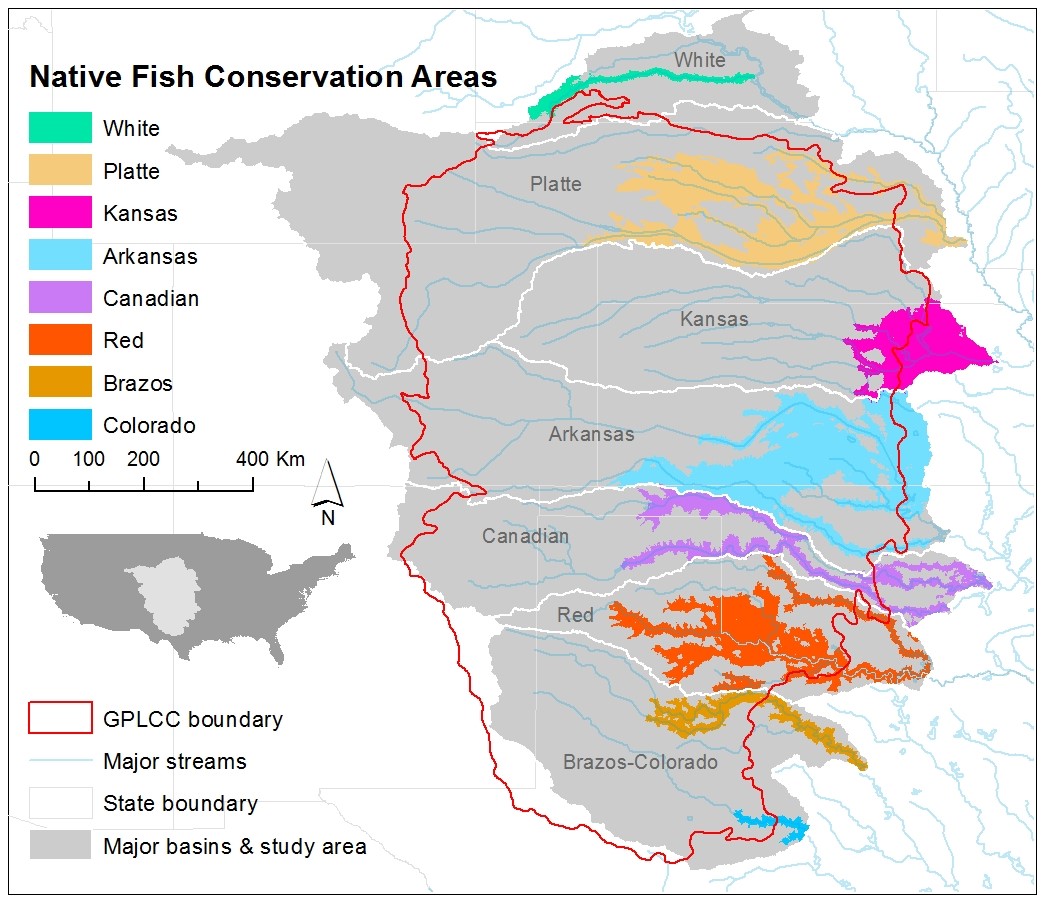Freshwater Fish Conservation
With nearly 1,800 species of native freshwater and diadromous fishes, North America is considered to have the greatest temperate freshwater fish diversity on earth. However, the current status and conservation outlook for North American fishes appears grim.
Wetlands, creeks, rivers, natural lakes, and other freshwater resources of North American have been dramatically altered by human activities at rates and scales that threaten the long-term resiliency of aquatic habitats, species, and ecosystems. A myriad of interrelated conservation issues have resulted in the loss or imperilment of approximately 39% of North American fishes.
Innovative, strategic, and science-based conservation strategies are needed to restore and sustain North America’s freshwater resources and native fish diversity, while simultaneously supporting human needs (e.g., flood control, municipal and agricultural water supply, water quality protection, water-based recreation).
Although conflicts and competition for available freshwater resources seem unavoidable, case studies are available that demonstrate innovative and successful approaches that involve cooperation among diverse and competing interests to deliver beneficial and shared solutions.
This website is intended to serve as a clearinghouse to:
- profile and organize these innovative case studies and proposed conservation projects, and
- be an organizational framework for working with multi-jurisdictional stakeholders for bridging the knowing-doing gap in fisheries conservation science.

